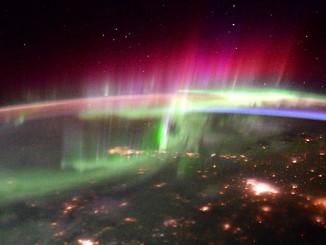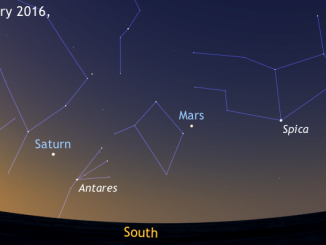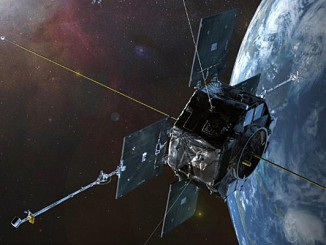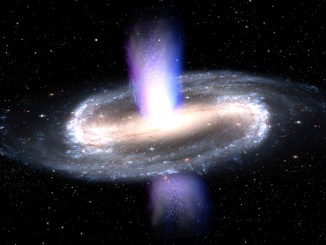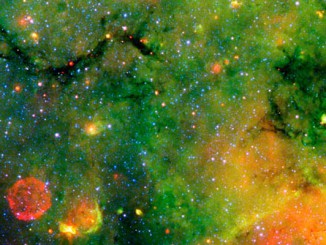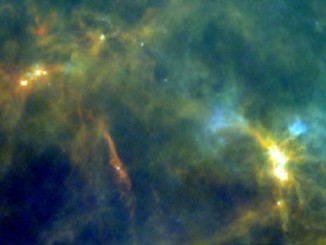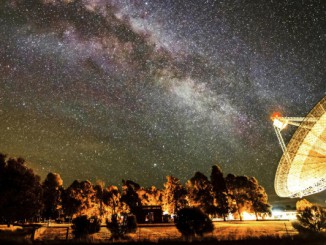
Are aliens silent because they are all extinct?
Life on other planets would likely be brief and become extinct very quickly, say astrobiologists from The Australian National University (ANU). In research aiming to understand how life might develop, the scientists realised new life would commonly die out due to runaway heating or cooling on their fledgling planets.


